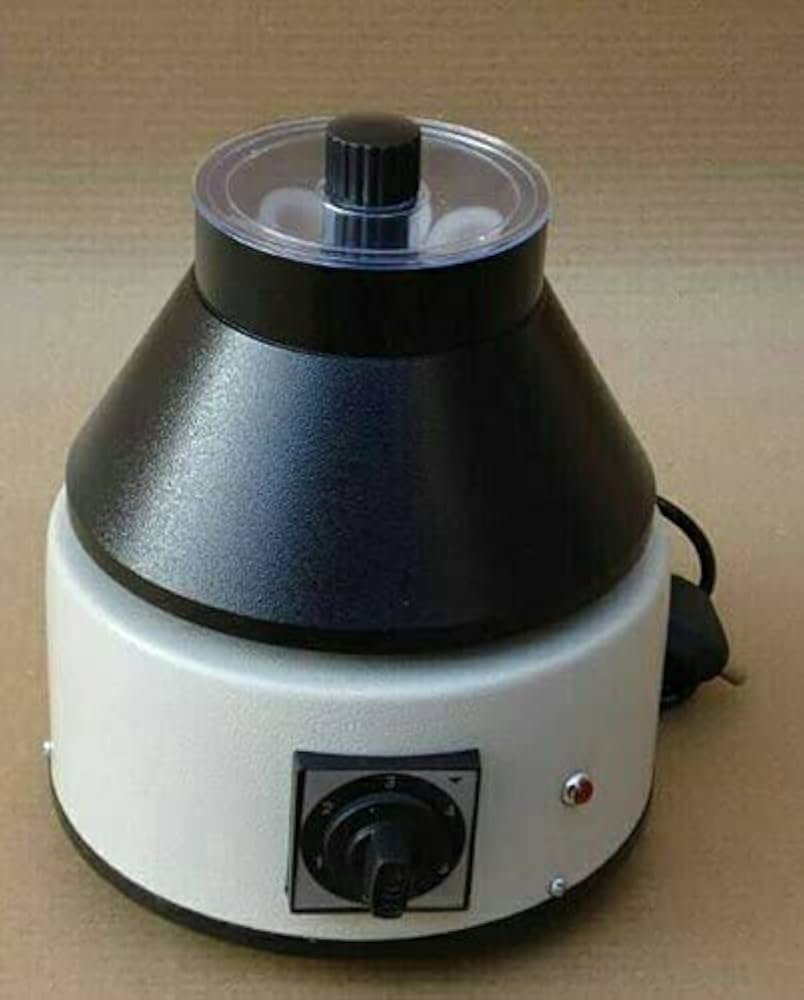In the world of laboratory diagnostics and medical research, the Doctor Centrifuge plays an essential role. It separates components of blood, urine, and other fluids, making it invaluable for various applications. However, the efficient functioning of this equipment relies heavily on the operator’s adherence to safety protocols. At Laboidasia, we prioritize safety and efficiency in every aspect of laboratory operations, which is why we’ve compiled these crucial safety tips for operating a doctor centrifuge.
Understanding the Importance of Safety
Before diving into specific tips, it’s crucial to understand why safety is paramount when operating a doctor centrifuge. Improper use can lead to accidents, including equipment malfunction, sample contamination, or even personal injury. By following established safety guidelines, laboratory personnel can ensure smooth operations and minimize risks.
1. Read the Manual Thoroughly
Every centrifuge model is different, and manufacturers provide specific guidelines that must be followed. At Laboidasia, we encourage all operators to read the user manual carefully. Familiarize yourself with the device’s features, including:
- Operating Speed: Know the maximum and minimum speeds for your centrifuge.
- Sample Capacity: Understand the weight limit and sample types that can be used.
- Rotor Type: Be aware of the rotor specifications and requirements for balancing.
2. Wear Appropriate Personal Protective Equipment (PPE)
Laboratory safety starts with personal protective equipment. Always wear:
- Lab coats to protect against spills.
- Safety goggles to shield your eyes from potential splashes.
- Gloves to prevent skin contact with hazardous materials.
Ensure that your PPE is in good condition and fits well to provide adequate protection during centrifuge operation.
3. Ensure Proper Balancing of Samples
Centrifuges work by spinning samples at high speeds, creating centrifugal force that separates substances. Unbalanced samples can cause vibrations that may damage the centrifuge or lead to dangerous situations. Always ensure that:
- Samples are loaded symmetrically in the rotor.
- If you have an odd number of samples, use a balanced filler tube (usually filled with water or another liquid) to balance the load.
4. Inspect Equipment Regularly
Routine maintenance checks are essential for safe operation. At Laboidasia, we recommend the following inspection protocols:
- Visual Check: Examine the centrifuge for any signs of wear, cracks, or damage.
- Rotor Condition: Inspect rotors for corrosion, discoloration, or deformation.
- Emergency Stop: Ensure that the emergency stop button functions correctly.
Address any issues before use to prevent accidents during operation.
5. Follow Proper Loading Procedures
When loading the centrifuge, ensure you adhere to the following procedures:
- Use Appropriate Containers: Utilize centrifuge tubes designed for your specific model and application, such as those compatible with a Blood Bag Tube Sealer.
- Avoid Overloading: Never exceed the recommended capacity of the centrifuge, as this can lead to mechanical failure.
- Close the Lid Securely: Always ensure the centrifuge lid is closed and locked before starting the operation.
6. Be Mindful of Temperature and Environment
Centrifuge performance can be affected by environmental conditions. Here are some important considerations:
- Temperature Control: Ensure that the centrifuge is kept in a climate-controlled environment to prevent overheating.
- Ventilation: Ensure the centrifuge is placed in a well-ventilated area to dissipate heat effectively.
7. Use Appropriate Speed Settings
Different samples require different centrifugation speeds. Always consult the manual or established protocols to determine the appropriate speed for your specific sample type. Utilizing equipment like a Ceramic Hotplate Magnetic Stirrer alongside your centrifuge can help in sample preparation, ensuring that you have homogenous samples before centrifugation.
8. Monitor Operation Closely
Never leave a running centrifuge unattended. Regularly monitor the operation for any unusual noises, vibrations, or other irregularities. If you observe anything concerning, stop the machine immediately and investigate.
9. Clean and Maintain After Use
Proper cleaning and maintenance after centrifuge use are crucial for longevity and safety. After operation:
- Clean the Rotor: Remove any spills or residues promptly to avoid contamination.
- Inspect for Damage: Check for any signs of damage after use to address potential issues early.
- Schedule Regular Servicing: Arrange for periodic professional maintenance to keep the centrifuge in top condition.
10. Be Aware of Emergency Procedures
Lastly, always familiarize yourself with emergency procedures specific to your laboratory. This includes:
- Knowing the location of the nearest first aid kit.
- Understanding how to properly respond to equipment malfunctions.
- Being aware of evacuation procedures in case of a severe incident.
Conclusion
Operating a Doctor Centrifuge safely is essential for any laboratory. By following these guidelines, you not only ensure your safety but also that of your colleagues and the integrity of your samples. At Laboidasia, we believe that a safe working environment leads to improved productivity and outcomes. With these safety tips in mind, you can confidently operate your centrifuge and focus on the important work at hand, knowing you are protected and prepared. Always remember, safety is a shared responsibility—let’s prioritize it together!
For more blog : moonlitempower.site/
For more blog : moonlitempower.site/
